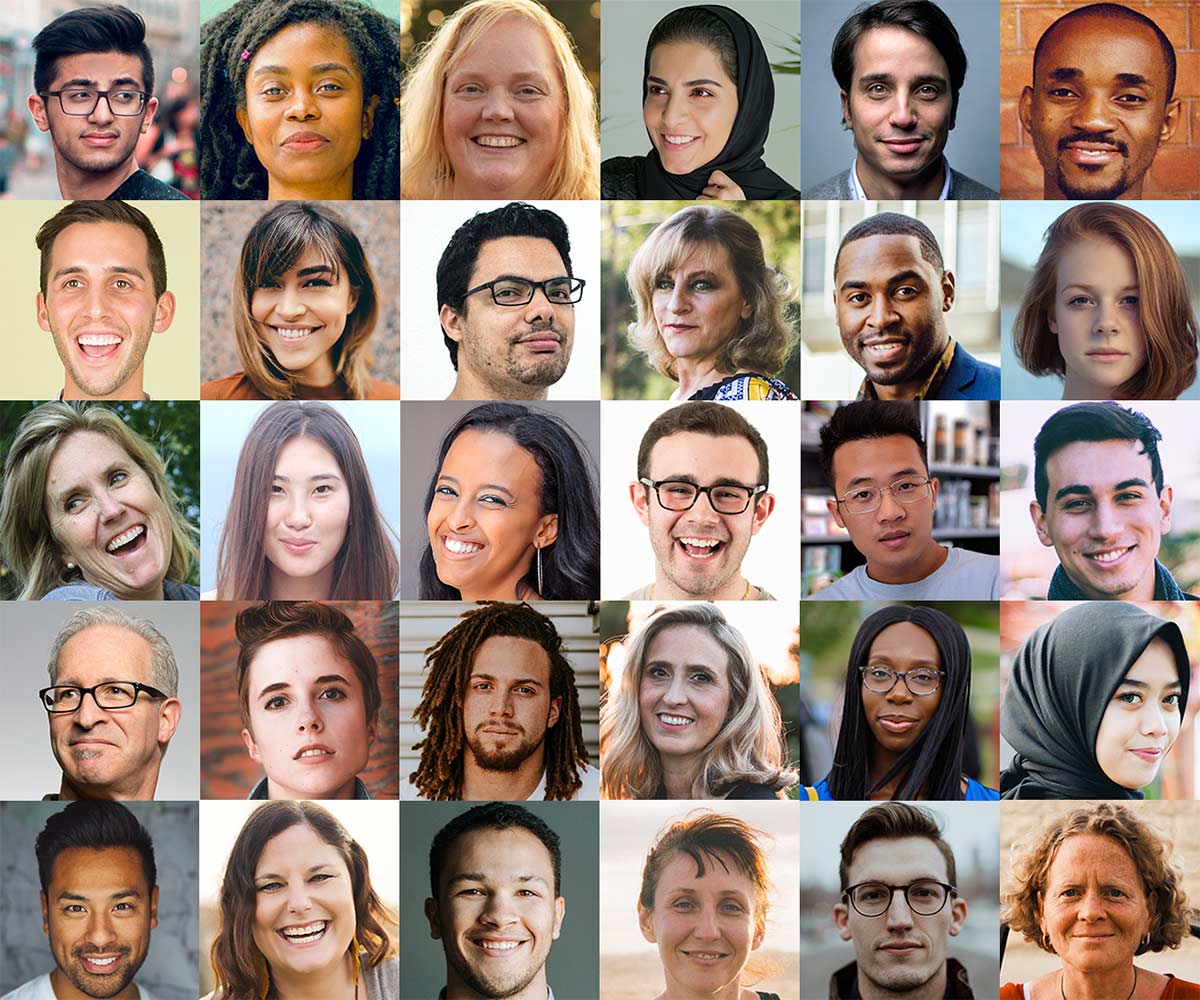Do video interviews increase bias?

It’s true that video interviews reveal recruiters sensitive information about candidates, such as age, ethnic background, gender identity, visible disability, etc. And while that information can certainly increase the risk for unconscious racism, ageism, sexism, or ableism happening in recruitment, video interviews can actually help you reduce bias in hiring.
How? Let us elaborate:
Reasons why videos interviews can help you decrease the risk of bias
Video interviews provide consistency
In face-to-face interviews or phone interviews, the recruiter decides what to ask from whom and how to interpret the answers as the interview progresses. The recruiter might unintentionally ask leading questions, paraphrase the questions, or engage in spontaneous off-topic conversations that could affect the final decision, which increases the risk of unconscious bias and makes it harder to evaluate the candidates fairly.
In video interviews, all candidates are asked exactly the same questions in the same order. This way, you give all your candidates an equal opportunity to showcase themselves and ensure an objective assessment of their answers.
Transparency
When an interview takes place between two people behind closed doors, it’s impossible to know what they have discussed and whether bias has occurred. But in the case of video interviews, we have everything stored and archived as proof of what has been said, and we can use the videos to support or oppose hiring decisions. The videos can be shared with any stakeholder who can go through the responses along with their comments and classifications, and challenge decisions along the way in the process.
Our customer, JYSK, uses video interviews in their screening process, and they have a policy that makes the manager of the manager responsible for validating the recruitment decision and challenging the manager in the decisions along the way in the process. By using video interviews, JYSK is building a transparent hiring process and reducing the personal bias of recruiters, which brings us to the next point.
Video interviews reduce personal bias
By sharing candidates with multiple people in your organization, you allow more people to voice their opinion, challenge each others’ biases, and contribute to fair recruitment. Your colleagues can assess candidates and leave comments under their videos, which will help you get a better view of your candidates and make a smart hiring decision.
Bonus points
Video interviews remove geographical barriers
Too often good candidates are turned down even before companies get to know them, simply because they’re too far from each other. And because of this geographical distance, organizations might miss out on skilled talent from other cities and countries. Using video interviews makes it possible to “meet candidates” wherever they are, without discriminating against them based on their location.
When the University of Helsinki used Recright to hire researchers, they had received roughly 250 applications from 27 countries, and offered contracts to more candidates than initially planned! Had they not used video interviews in their recruitment, the result would have been very different.
Video interviews give candidates a chance to tell more about themselves
In video interviews, all candidates get a chance to impress recruiters, tell them more about themselves than their CV could ever tell, and possibly break some misconceptions. For example, an applicant with a foreign-sounding name might give a wrong impression of someone who doesn’t speak the local language on CV, but on their video replies, they can show their language proficiency to the recruiter.
Video interviews help companies prevent bias
Having everything recorded, stored, archived, and shared with multiple people makes it easy to spot and decrease unconscious bias. Managers can review and recognize when bias occurs during the hiring process. Once discriminatory actions are identified, the business can focus on training the current staff to prevent any bias from happening again.
What does the research say
The topic of bias and video interviewing is not very well researched at the moment, and quite possibly, the only published study we have available is this one from Esther Kroll and Matthias Ziegler. The results of the study show that pre-recorded video interviews don’t discriminate against ethnic minorities—applicants with Turkish background scored higher in the evaluation of their video answers than German native applicants did.
With the growing popularity of video interviewing, we can expect more research to come out in the future. Since pre-recorded video interviews are a type of structured interviews, we can also read what science says about bias and structured interviews. Spoiler: structured interviews prevent bias and allow you to find the best candidate.
And finally…
Video interviewing is a powerful recruitment method that can reduce bias in hiring. But how you utilize this method matters. To get the most out of video interviewing, most importantly, you need to think carefully about what you want to ask from your candidates, how you want to ask these questions, and what are you aiming to assess; and you should remember to get your colleagues to get involved in the hiring process.
For more information and tips on video interviews, check out our ultimate video recruitment guide!
